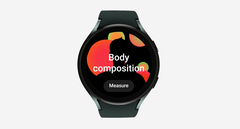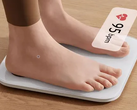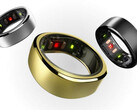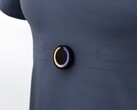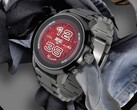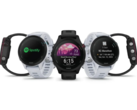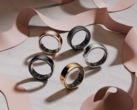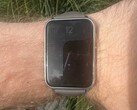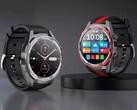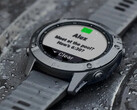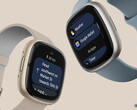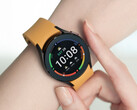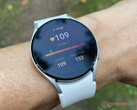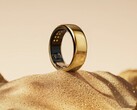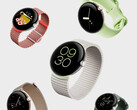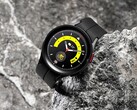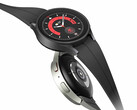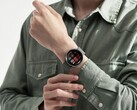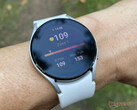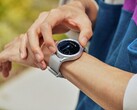Samsung has touted its Galaxy Watches as capable of increasingly powerful and accurate health-tracking features by the generation with, for example, the ability to measure the user's body composition right from their wrist as of the Watch4 series.
This potentially useful feature is rated to yield metrics such as body water and skeletal muscle mass as well as body fat, and is delivered by the South Korean giant's bioelectric impedance analysis (BIA) techniques.
They are based on readings from Samsung's in-house sensor for this purpose, which, as the OEM asserts, is "on par" with the standard clinical procedure of dual-energy X-ray absorptiometry (DXA) for accuracy.
A team of healthcare and epidemiology researchers from Louisiana University and the University of Hawai'i set out to establish whether wearable body composition analysis can really match up to conventional "laboratory-grade" scans of the same.
The authors concluded that, while BIA readings taken from wearables in assessing the fat-free mass (FFM) of their study's 75 participants were "less precise" than those taken using DXA, they did not vary significantly when corrected for the bias imposed by the standard method.
Therefore, the researchers generally found the accessories "capable of stable, reliable, and accurate body composition measurements" that were comparable, but not equal to, "laboratory measures".
Then again, even Samsung concedes that getting an accurate reading using its BIAs require fairly exacting conditions, which include the user having an empty stomach, ideally not wearing jewellery, not having exercised immediately before taking a reading and assuming a certain stance for a fairly prolonged period of time.




